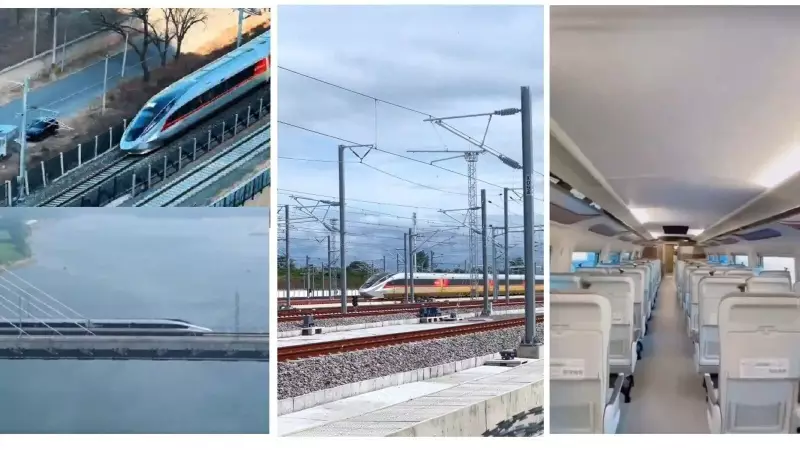
In a breathtaking display of engineering prowess, Japan has once again redefined high-speed travel as their cutting-edge maglev train clocked an astonishing 896 kilometers per hour, setting a new global benchmark for rail transportation.
The Record-Breaking Achievement
The revolutionary SC Maglev (Superconducting Magnetic Levitation) train achieved this historic speed during testing, demonstrating capabilities that far surpass conventional high-speed rail systems. This isn't just an incremental improvement—it's a quantum leap in transportation technology that could reshape how we think about inter-city travel.
How Maglev Technology Works
Unlike traditional trains that run on tracks, this engineering marvel employs magnetic levitation to float above the guideway, eliminating wheel-rail friction entirely. The train propels forward using a linear motor system, allowing it to reach speeds previously thought impossible for ground transportation.
The Future Route: Connecting Japan's Major Hubs
The planned commercial route will connect Tokyo to Nagoya, dramatically reducing travel time between these major economic centers. The journey that currently takes approximately 1.5 hours by conventional bullet train will be slashed to just 40 minutes once the maglev becomes operational.
What This Means for Global Transportation
This breakthrough has significant implications worldwide, particularly for countries like India that are expanding their high-speed rail networks. The technology demonstrates what's possible when innovation meets infrastructure development, potentially inspiring similar projects across Asia and beyond.
While the current record is spectacular, the commercial version is expected to operate at "slower" but still impressive speeds of around 500 km/h when it begins carrying passengers in the coming years, still making it the world's fastest operational train service.





